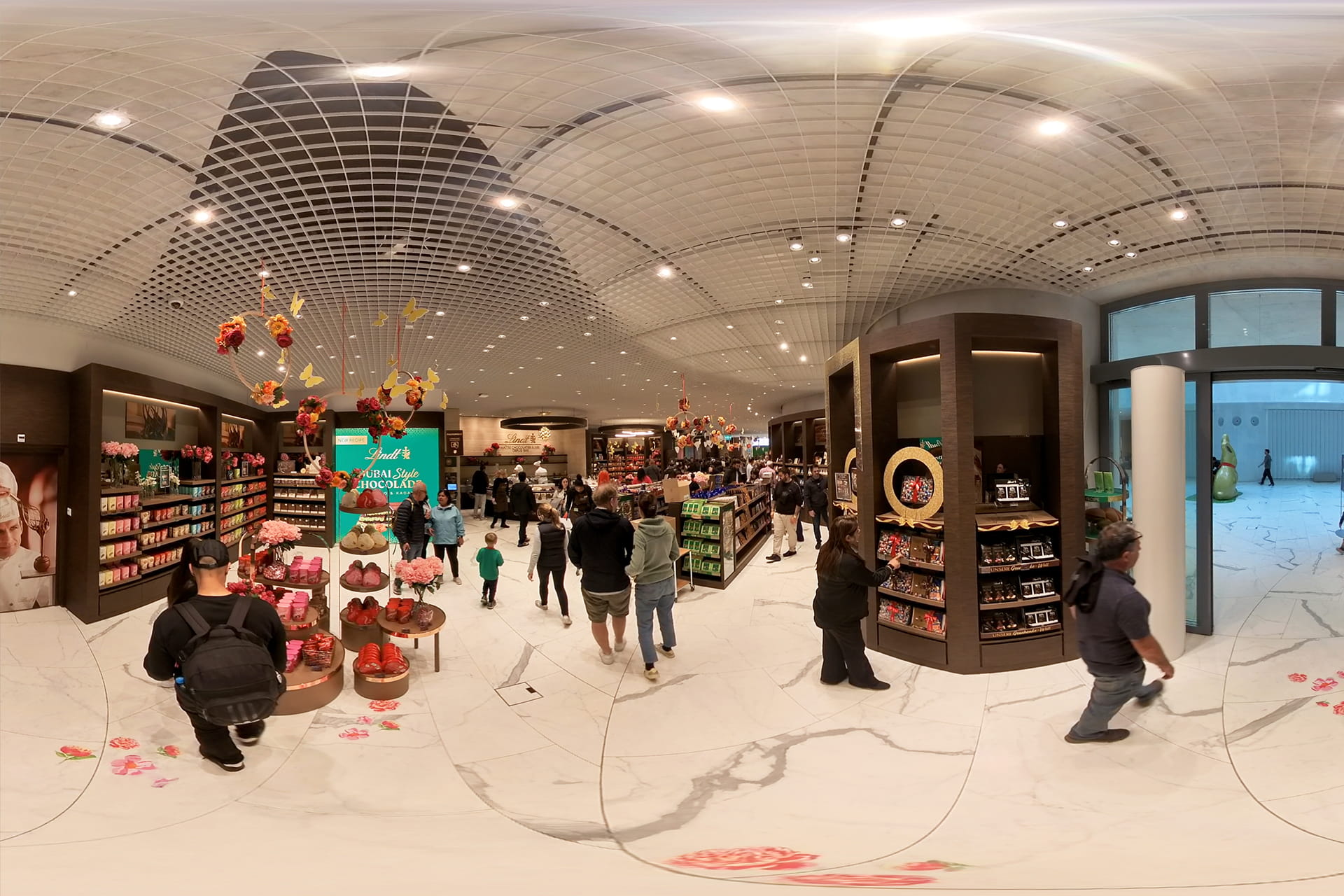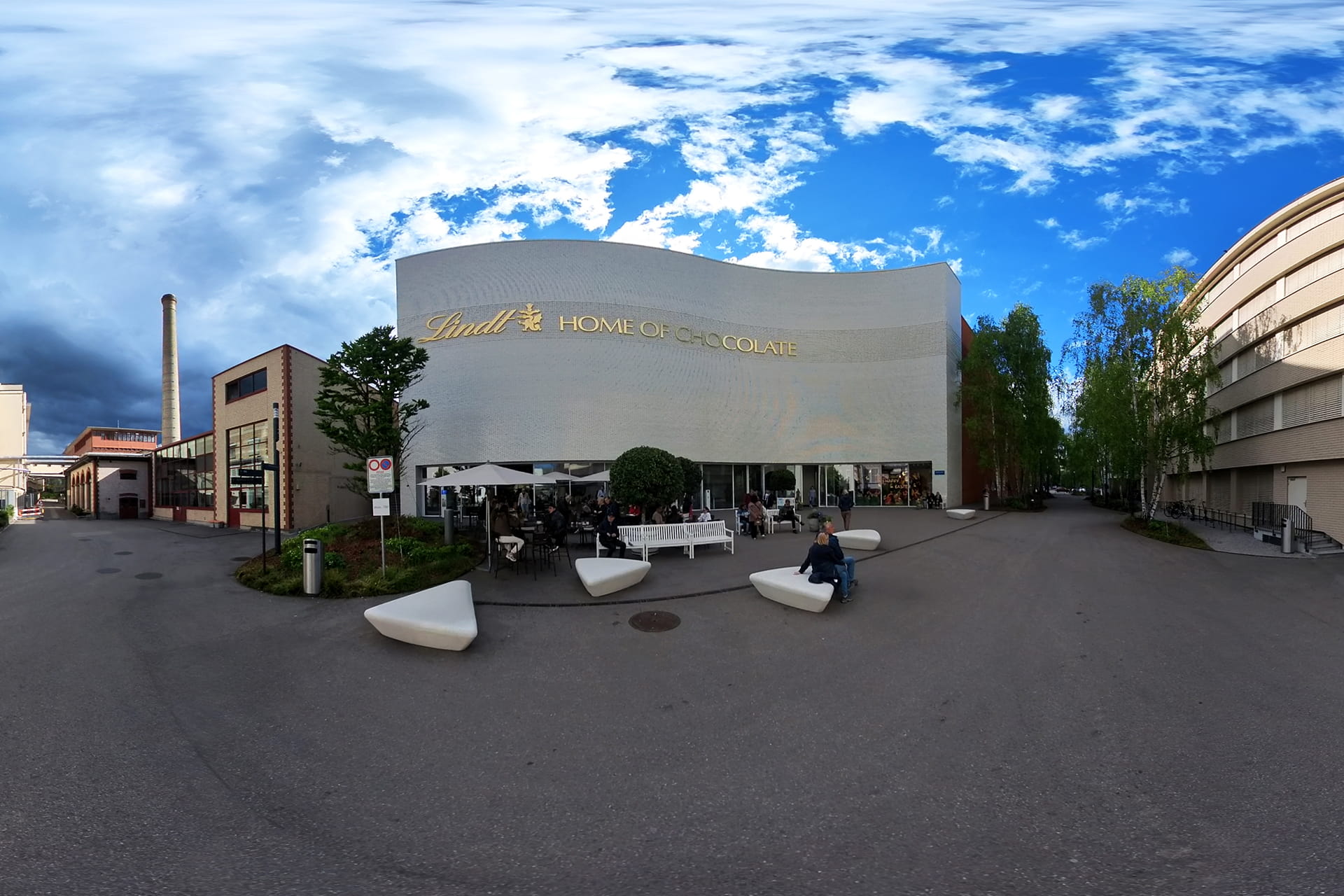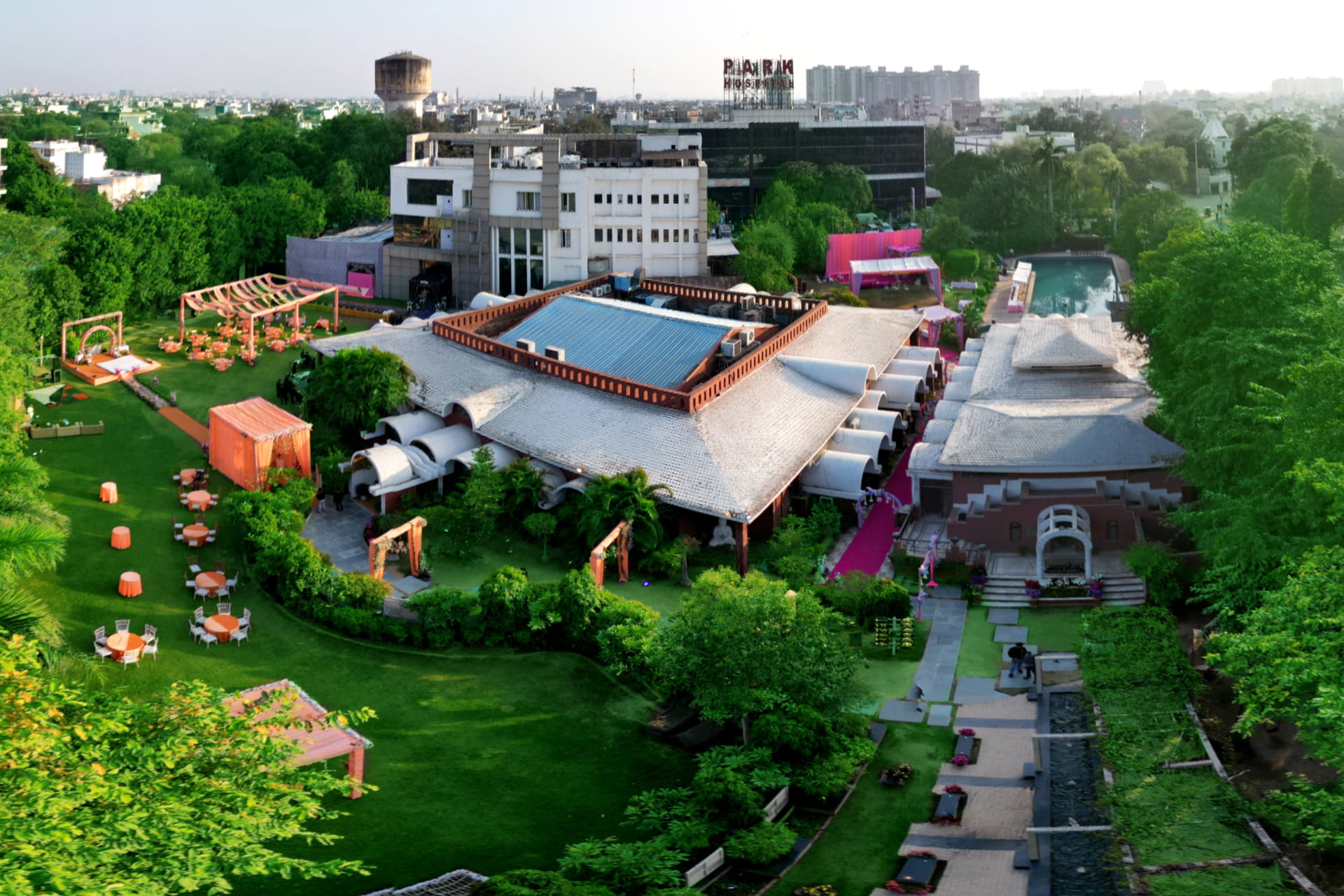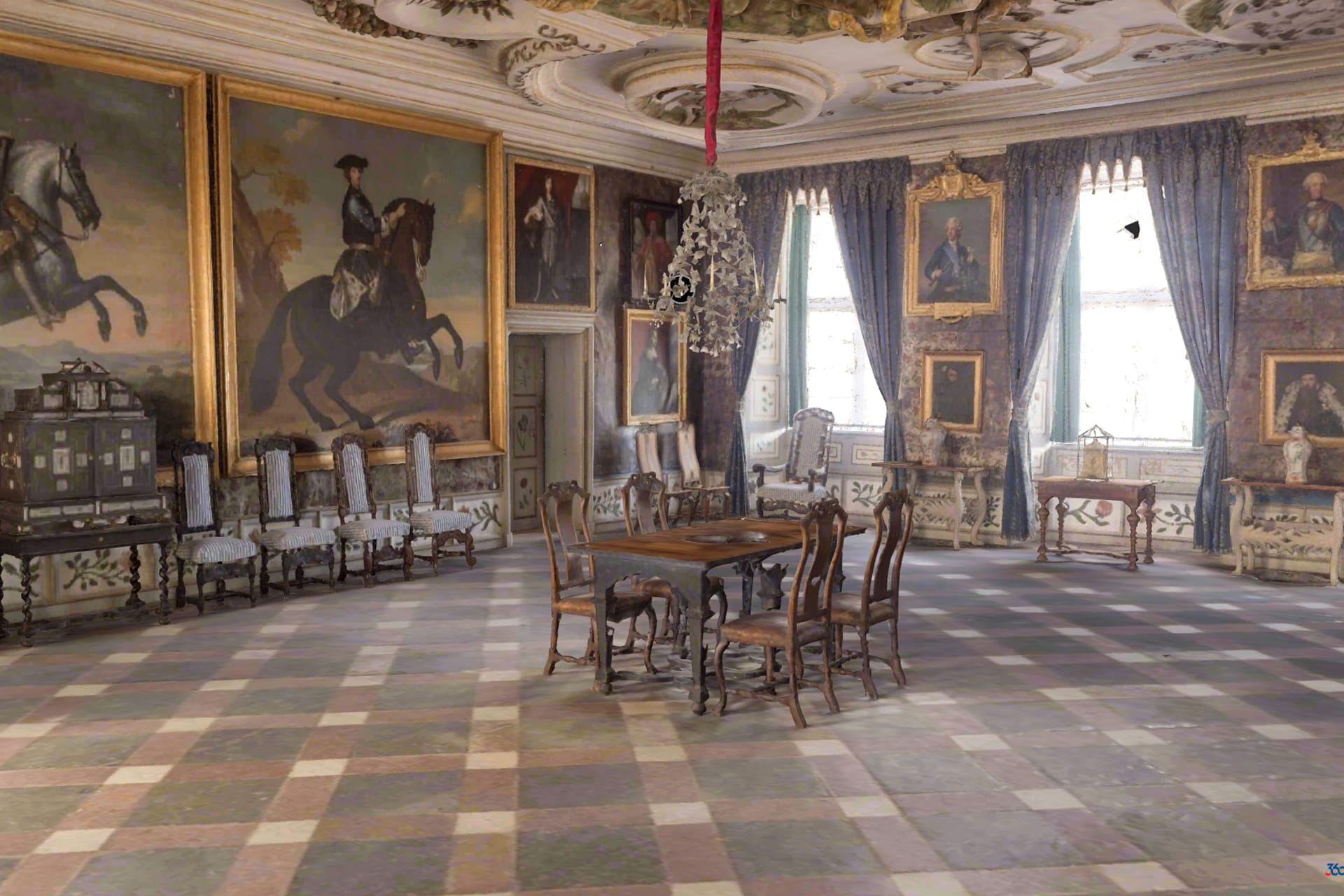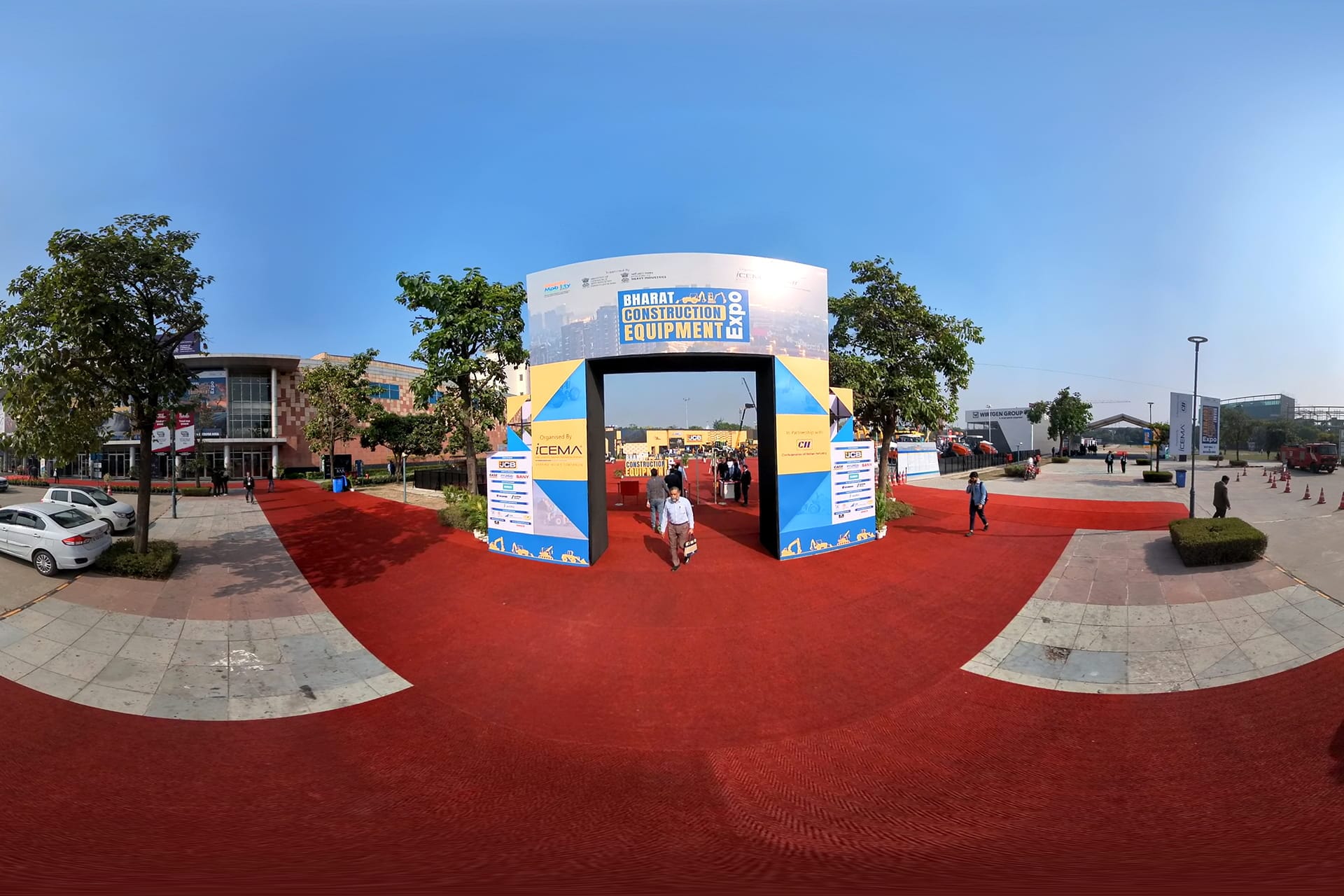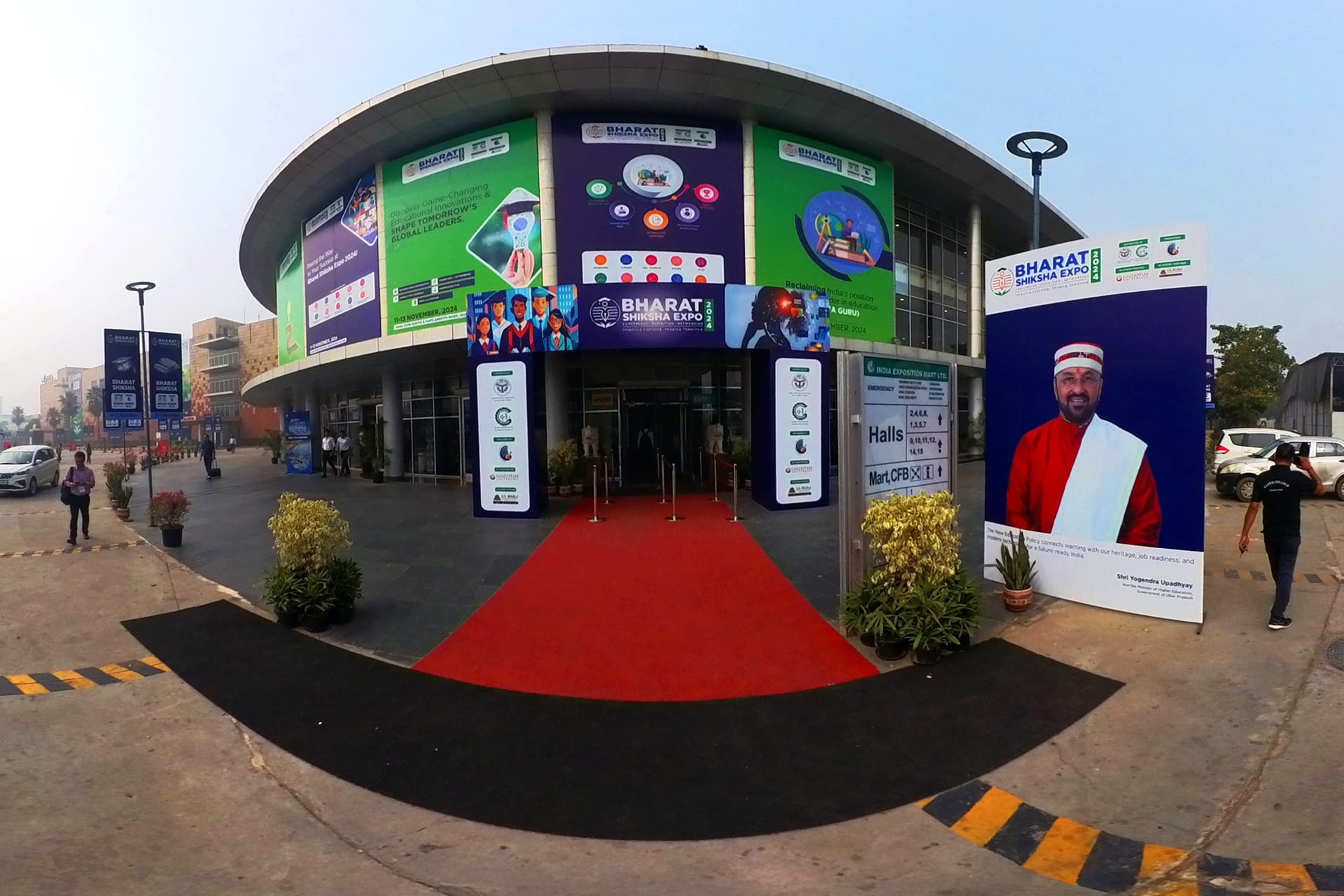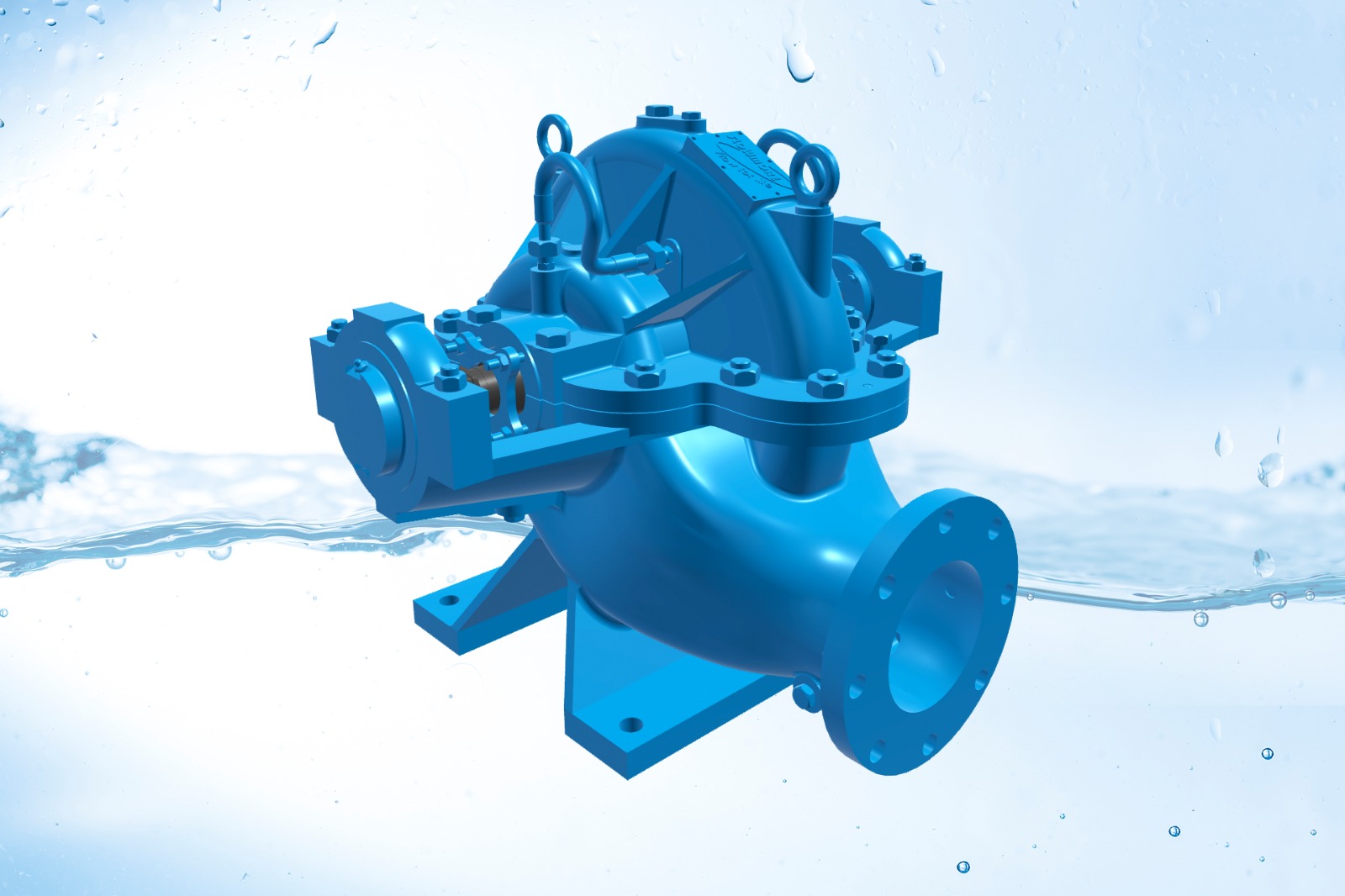A 360° virtual tour can dramatically enhance user engagement and conversions, but poor performance can ruin the experience. Slow loading times, non-responsive mobile layouts, and missing SEO optimization can drive users away before they even explore your tour.
In this blog, we’ll cover performance optimization, mobile compatibility, and SEO best practices for 360 virtual tour development. Following these guidelines ensures your tours are fast, user-friendly, and discoverable on search engines.
Why Performance Matters in 360 Virtual Tours
360° tours involve high-resolution panoramas, multimedia content, and interactive elements. Without optimization:
- Pages load slowly → higher bounce rates
- Mobile users struggle with navigation → poor experience
- Search engines may not index content properly → lower visibility
- Engagement metrics drop → less conversion
Optimized tours deliver smooth navigation, better SEO, and improved ROI.
Step 1 – Optimize Load Speed
1.1 Compress Images & Videos
- Reduce file sizes without compromising quality using tools like JPEGmini, TinyPNG, or HandBrake for videos.
- Use WebP for images for faster loading on web browsers.
1.2 Lazy Loading
- Load images or multimedia only when they are in view.
- Reduces initial load time and improves mobile performance.
1.3 Minimize Scripts & Plugins
- Avoid heavy scripts or unnecessary third-party plugins.
- Use lightweight libraries optimized for 360 tours, e.g., Three.js, Pannellum.
1.4 CDN Hosting
- Host panoramas and media on a Content Delivery Network (CDN).
- Faster load times globally and reduced server stress.
Step 2 – Enhance Mobile Experience
2.1 Responsive Design
- Ensure tours adapt to different screen sizes (smartphones, tablets, laptops).
- Use flexible layouts and touch-friendly hotspots.
2.2 Optimize Interaction
- Make hotspots easy to tap without overlapping elements.
- Test swipe, pinch, and drag gestures for 360 navigation.
2.3 Mobile-Friendly Multimedia
- Compress videos and audio for mobile streaming.
- Avoid auto-play heavy files that may consume user bandwidth.
2.4 Progressive Loading
- Load key panoramic views first, then secondary scenes.
- Users can start interacting while the rest loads in the background.
Step 3 – SEO Optimization for 360 Virtual Tours
3.1 Indexable Content
- Add descriptive alt text to panoramas and hotspots.
- Include text content alongside the tour for search engines.
3.2 Schema Markup
- Implement Schema.org “VirtualTour” or ImageObject tags.
- Helps Google recognize the content type and feature it in search results.
3.3 Metadata & URLs
- Use SEO-friendly URLs for each tour or scene.
- Include meta title & description with primary keywords like “360 virtual tour development”.
3.4 Internal Linking
- Link tours to related services, blog posts, or property pages.
- Boosts user navigation and improves search engine crawlability.
3.5 Sitemap Integration
- Add tours to your XML sitemap to ensure Google indexes all panoramic scenes.
Step 4 – Analytics & User Tracking
- Implement event tracking for hotspot clicks, video plays, and navigation patterns.
- Use Google Analytics or custom dashboards to monitor performance.
- Track bounce rate, session duration, and conversion paths.
Optimization decisions can be data-driven, improving both UX and ROI.
Step 5 – Advanced Tips for Performance & SEO
- Preload Key Scenes: Load landing view first for instant impression.
- Use Vector Hotspots: Lighter than image-based hotspots, reduce load time.
- Cache Panoramas: Browser caching helps repeat visitors load tours faster.
- Reduce Third-Party Dependencies: Limit external scripts that slow rendering.
- Compress 360 Video Streams: Use adaptive bitrate streaming for smooth playback.
Step 6 – Common Mistakes to Avoid
- Using huge uncompressed panoramas → slow load
- Ignoring mobile users → lost engagement
- Skipping SEO metadata → invisible to search engines
- Overloading with hotspots → confusing and overwhelming
- Hosting everything on a single server → global latency issues
Industry Examples
- Real Estate: Optimized 360 tours led to 40% more inquiries due to faster load and mobile compatibility.
- Hotels: Mobile-friendly tours increased booking conversions by 25%.
- Retail Showrooms: SEO-optimized tours ranked on Google’s first page, increasing site traffic.
Conclusion
Optimizing 360 virtual tour performance is essential for a smooth user experience, higher engagement, and better SEO. Focus on:
- Load Speed: Compress media, lazy load, CDN hosting
- Mobile Experience: Responsive design, touch-friendly interactions
- SEO Optimization: Schema markup, metadata, internal linking, sitemap
At 360Biznus, we specialize in creating high-performance 360 virtual tours that load fast, work seamlessly on mobile, and are SEO-ready. Let your customers explore your business without friction and convert faster.
Get in Touch
Whether you want to develop a new 360 Virtual Tour, 3D Product Display, 360 Product Spin Photography, Google 360 Street View or update an existing 360 Virtual Tour, we're eager to assist.
Call / Email Us / fill in the form below.




